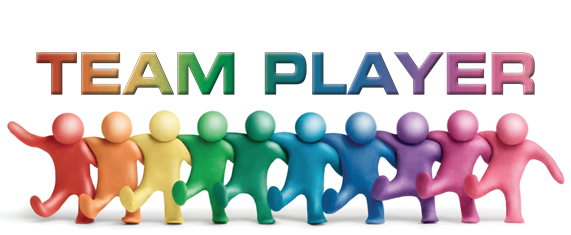“Requisite diversity” is an important factor, if not the most important when it comes to forming a highly performing team. To start with, “requisite diversity” means “a level of diversity that is equal to the diversity in the stakeholder world the team needs to engage with” (Hawkins, 2014). The more diverse the team is, the better equipped it becomes to face change in its stakeholder environment, introduce new perspectives and bring the right capabilities. For the purpose of understanding how to create “requisite diversity” within teams, Professor Peter Hawkins suggests considering the following four elements: cognitive diversity, identity diversity, personality diversity, and systemic diversity.
Cognitive diversity
Cognitive diversity in a team is defined as having enough differences in perspectives or information processing styles. It is achieved only when team members with different cognitive repertoires are working together. This way, the team can bring to the table different models of thinking, processing information and generating solutions. Basically, the greater the number of cognitive skills and tools, the faster and more efficiently the team can problem solve and avoid blind spots.
It is important to know that cognitive diversity is less visible than other types of diversity, e.g. gender diversity. What is more, it can be hindered in mono-culture organizations where people often like to fit in or feel pressured to conform.
Identity diversity
Identity diversity is related to gender, age, ethnic origin, cultural background, disability. It refers to those traits that categorize us when we are born, although this definition may be rather restrictive, since identity diversity can be dynamic. Research has already provided enough evidence that having a gender balance within team, especially on the boards of organization, enhances company performance. In addition, identity diversity fosters equal opportunities, provides a culture of fairness and inclusion and helps promote the best talent.
Personality diversity
One of the vital component of a high performing team is to have a good balance of helpful behaviors across its team members. After all, the way each individual thinks and behaves can either facilitate the progress of a team or hinder it. Examples of helpful behaviors include: adaptability; from being a skillful organizer to a creative thinker, from being a great supporter and listener to a skillful resource investigator. These have to be attributes that complement each other. Therefore, when selecting team members, it is important to ensure all these aspects of personality are taken into account and are well balanced.
A secure way to ensure the team has a good balance of personality, is to use psychometric instruments. These can help you understand the different personality types, motives and preferences of each team member. The tools available are numerous, from Hogan Assessment Systems to Belbin Team Role Analysis, Myers-Briggs Typology Inventory or Everything Disk.
As a leadership development consultant focused on assessing personality, I highly recommend the Hogan Assessment Systems when it comes to measuring personality. Hogan Assessment Systems have received star reviews from the British Psychological Society and are extensively used by Fortune Five Hundred organizations.
Systemic diversity
Seeing the big picture and being able to capture how several systems are connected and working together is what is called systemic thinking. The whole rather than its individual parts take center stage in systemic thinking. Creating systemic diversity in a team essentially means inviting stakeholders to the table who occupy different positions within the system and who see things from different perspectives. For instance, for a team whose primary task is to design an innovative product, stakeholders can be investors as well as customers, product designers as well quality control experts. Stakeholders can be engaged within teams either by being invited directly into meetings to bring their perspective or by being asked to provide insightful data via surveys, so that the team can make informed decisions.
A crucial aspect to take into account is that systemic diversity always goes beyond the organization and its boundaries. Therefore, your team will have to incorporate representatives across the entire system at different stages of its life.

